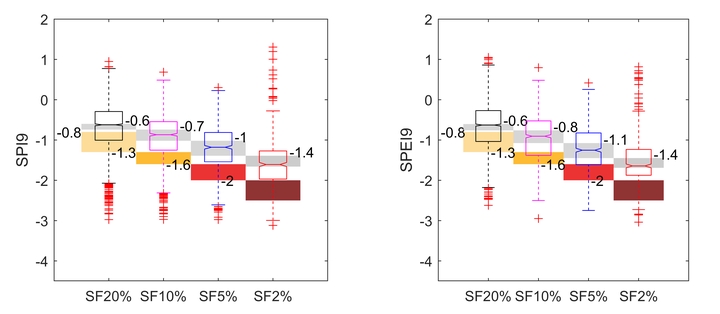Drought Monitoring

Drought monitoring is critical for managing agriculture and water resources and for triggering state emergency response plans and hazard mitigation activities. Fixed drought thresholds (i.e., using the same threshold in all seasons and climate regions) may not properly reflect local conditions and impacts. Therefore, this study develops impacts-based drought thresholds that are appropriate for drought monitoring in Ohio. We examined four drought indices that are currently used by the State of Ohio: Standardized Precipitation Index (SPI), Standardized Precipitation-Evapotranspiration Index (SPEI), Palmer’s Z-Index and Palmer Hydrological Drought Index (PHDI). Streamflow and corn yield are used as indicators of hydrological and agricultural drought impacts, respectively. Our results show that fixed thresholds tend to indicate milder drought conditions in Ohio, while the proposed impacts-based drought thresholds are more sensitive to exceptional drought (D4) conditions. The area percentage of D4 based on impacts-based drought thresholds is more strongly correlated with corn yield and streamflow. This study provides a methodology for developing local impacts-based drought thresholds that can be applied to other regions where long-term drought impact records exist to provide regionally representative depictions of conditions and improve drought monitoring.